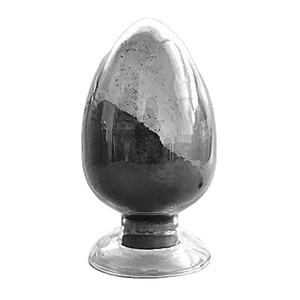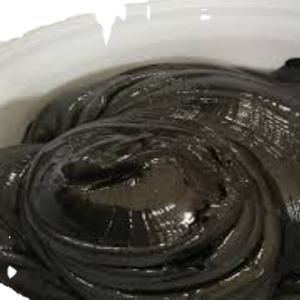Silicon carbide porcelains is a material with high stamina, high thermal conductivity, and resistance to acid and alkali deterioration. It can adjust well to the […]
Continue readingThe powder extrusion 3D printing process provides a new way to manufacture silicon carbide heat exchange devices. titanium alloy metal
Silicon carbide porcelains is a material with high stamina, high thermal conductivity, and resistance to acid and alkali deterioration. It can adjust well to the outside world during use. Setting, it is considered the most effective anti-corrosion warmth exchange product in the sector. The toughness of normal ceramic materials will go down considerably at 1200 ~ 1400 ° C, while the flexural stamina of silicon carbide ceramics at 1400 ° C continues to be at a high degree of 500 ~ 600MPa, and its functioning temperature can reach 1600 ~ 1700 ° C and will not. It is resistant to melting damages and has solid stability, high thermal conductivity, ultra-high temperature stability, and steady architectural performance. Silicon carbide ceramics are especially prominent in chemical heat exchange applications.
(3d printing alloy powder)
Silicon carbide ceramic warm exchanger
Silicon carbide porcelains have extensive anti-oxidation and anti-corrosion abilities. It is acknowledged as a “desire” warm exchange product in the area of chemical anti-corrosion. It also has high insulation homes. Compared with conventional graphite, fluoroplastics, precious metals, glass-lined and other warm exchange products, its warm exchange efficiency and life span have noticeable affordable benefits, especially in some composite strong acid atmospheres; its incredibly rust resistance is even more. It is irreplaceable and plays a progressively crucial function in promoting the improvement of tools and technology in related areas.
Silicon carbide ceramic warm exchangers mainly have the following advantages:
The use of silicon carbide ceramic warm exchangers is straight, basic, quickly, reliable, eco-friendly and energy-saving. It does not require to be blended with cold air and high-temperature protection, the upkeep price is reduced, and there is no demand to perform any kind of operations on it. It appropriates for waste heat recuperation and utilization of gas-fired industrial kilns in numerous settings, especially fixing the problem that the waste warm of different high-temperature industrial kilns is too expensive to be used;
The state requires that the temperature of ceramic warmth exchangers be ≥ 1000 ° C. Given that it is immune to heats, it can be put in high-temperature locations. The greater the temperature, the much better the warmth exchange effect and the better the energy saving;
It can change metal warm exchangers under high-temperature problems;
Resolve the problems of warm exchange and corrosion resistance in the chemical industry;
(3d printing alloy powder)
It has strong flexibility, high-temperature resistance, rust resistance, high temperature stamina, excellent oxidation resistance, stable thermal shock efficiency and long service life.
About 3D Printing Enthusiasm
3dprintingpassion is committed to technology development, applications of nanotechnology and new material industries, with professional expedience the nano-technology research and development and the application of materials.especially for 3d printing powder, 3d printing metal powder, 3d printing powder supplier, 3d printing for titanium powder. As a leading nano-technology development and product applications additive manufacturer, 3dprintingpassion dominates the markets. If you need high quality titanium alloy metal, please feel free to contact us.
Inquiry us


